Are you ever playing a Pokémon game like Scarlet and Violet, happily running around the open world catching critters and having a good ol’ time, when you suddenly remember Game Freak stranded the protagonists of Pokémon Diamond and Pearl in the ancient past with no means of returning to their friends and family in the modern day?
Now that we’re a year removed from Pokémon Legends: Arceus, that’s all I can think about when I remember that game. We’re so busy thinking about Scarlet and Violet’s DLC that we forgot Pokémon Legends: Arceus never got new story content after launch. Without it, the game leaves a hanging plot thread too heartbreaking to bear.
Pokémon Legends: Arceus is the series’ best narrative moment
While you can’t deny the haunting ramifications of Pokémon Legends: Arceus’ conclusion, it’s worth giving the Pokémon Isekai story its flowers for being one of the most compelling narratives in the series’ 27-year history. The Switch game stars a teenage protagonist who looks suspiciously like Lucas and Dawn, the main characters of Pokémon Diamond and Pearl. Arceus, the god of the Pokémon universe, transports them to a time when Diamond and Pearl’s Sinnoh region had just been discovered by settlers from other lands. At this point, it was called Hisui, and Sinnoh refers only to an unknown, almighty god whose origins are a point of religious dispute between the region’s indigenous Diamond and Pearl clans.

Welcome to Exp. Share, Kotaku’s weekly Pokémon column in which we dive deep to explore notable characters, urban legends, communities, and just plain weird quirks from throughout the Pokémon franchise.
Our hero is dragged into many defining moments in Sinnoh’s history, from helping to ease tensions between the rival clans to closing a space-time distortion rift that agitates powerful Pokémon known as Nobles who reside over each of Hisui’s maps. While it still has a lot of the trappings of a typical Pokémon game like turn-based battles and filling up a Pokédex with every known Pokémon in the region, Legends: Arceus shakes up the formula narratively by removing the series’ usual competitive sports framing. Catching and battling Pokémon aren’t ingrained in Hisui’s culture yet, so you’re seeing long-established norms of the franchise at their origin point.
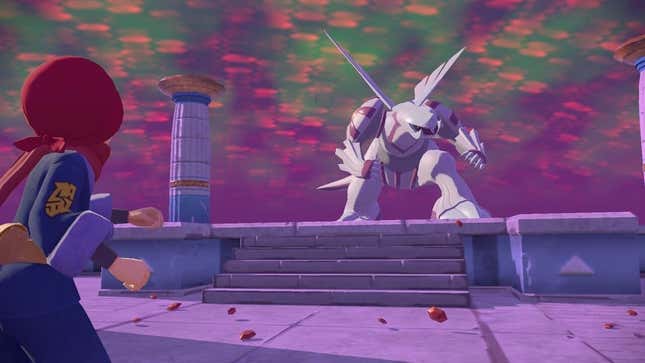
Much of the game is spent dealing with on-the-ground issues like the religious conflict and Nobles, but as Legends: Arceus reaches its conclusion, it becomes clear the player has been pulled into the past for something much greater. The rift in the sky expands over the Temple of Sinnoh, which resides at the top of Mt. Coronet, the center point in the region. Here, the player faces either Dialga or Palkia, the gods of time and space in the Pokémon universe, depending on whether they side with the Diamond or Pearl clan earlier in the game. The first has appeared here to bring a warning and to team up with you to take down the other, who has become enraged by the same force as the Nobles. The ensuing battle destroys the Temple of Sinnoh, and all that’s left are the ruins Pokémon fans l know as the Spear Pillar in Diamond and Pearl.
Initially, it seems this is why the main character was sent through time to the Hisui region: to save it and allow it to grow and prosper into the Sinnoh we all know and love. The final fight is stellar—as a Palkia diehard, I’ll never forget facing Dialga alongside him. It’s a stunning use of Sinnoh’s lore that finally feels like it matches up to the region’s place as an origin point for the universe. But the story isn’t finished until the post-credit segments.
The truth comes out, but no resolution follows
After Dialga and Palkia are dealt with, there’s still the question of how the rift and the magical force caused the Nobles and one of the god Pokémon to become so enraged in the first place. Our hero is asked by Volo, an enigmatic merchant, ally, and ancestor of future Sinnoh champion Cynthia, to help search for the elemental plates that are used by Arceus in battle to change its elemental affinity, then to meet him at Spear Pillar. Once there, he reveals he’s been using you to gather these for his own plans. It turns out, Volo is the one behind everything that’s happened here.
Volo is essentially a religious zealot who has become obsessed with Arceus. He believes that by using the plates, he can tame and control the god of the Pokémon universe to recreate the world in his image. In one fell swoop, Pokémon Legends: Arceus unmasks the true nature of its conflict, and why the player was sent back in time to stop it. This is a battle between the Pokémon equivalents of God and Satan putting their two pawns on the board and facing one another as champions for their will.
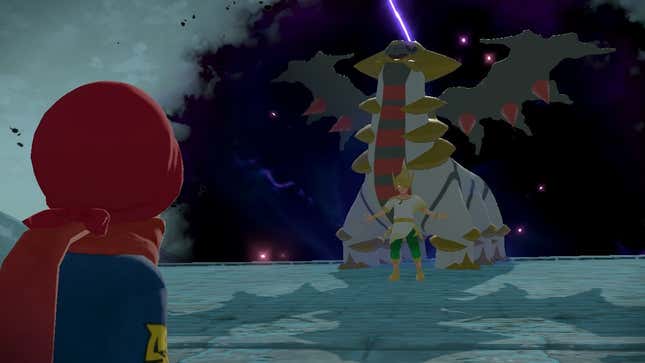
The reveal that Cynthia’s ancestor, who you’d think is an unwavering ally, is not only the villain behind everything but is perhaps the most dangerous antagonist the series has ever known, stands out as one of the best late-game reveals of the series. Everything about this moment, from the reveal, to the music, to the battle, elevates it to an all-time great moment in Pokémon history—until you finish it and realize a real conclusion isn’t coming.
After you beat Volo, you face Arceus. The god who brought you back in time to face his nemesis challenges you to a test of your own skill. But then…nothing happens. Arceus never sends you back home, it merely lets you keep trucking through the Hisui region at your leisure. At the time, I figured this was because Game Freak had plans to wrap things up in DLC, but we’re a year out and a game later, and that conclusion never came.
I’m sure there are people who will point out that the Isekai genre seldom sends people back to where they came from. But after Pokémon Legends: Arceus spends so much time with the player reflecting on their home in the present day and talking to the people of Hisui about Pokémon battles and the life they once lived, I wanted the game to at least engage with that possibility in its story, rather than simply dropping its narrative off the side of Mt. Coronet. What makes this all the harder to parse is that there are hints that the main character of Pokémon Legends: Arceus is the same character we played as in Diamond and Pearl.
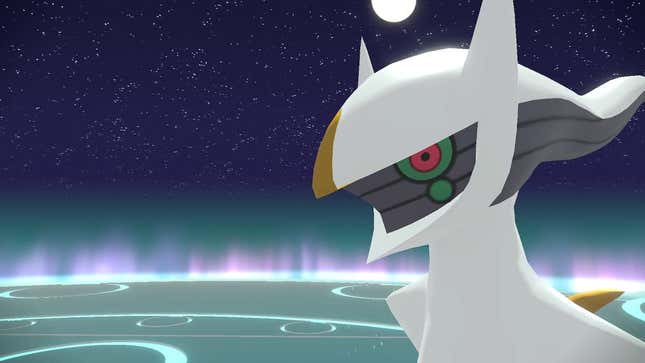
Is Pokemon Legends: Arceus’ protagonist the same as Diamond and Pearl?
Not only does the main character look identical to Lucas and Dawn from the DS games, they are also older than the typical 10-year-old we’re used to playing in a Pokémon game—instead they’re a 15-year-old trainer from another land. The protagonist of Pokémon Legends: Arceus is likely an older version of Diamond and Pearl’s main character, dragged through time to settle a dispute between the gods of the Pokémon universe. It makes some sense that after saving the Sinnoh region in one game that Arceus would consider them a befitting champion in the past. But it does make the lack of a real conclusion harder to swallow, because this is a hero who we once guided to a happier end, now left in time travel limbo. And they’re not the only person trapped where they don’t belong.
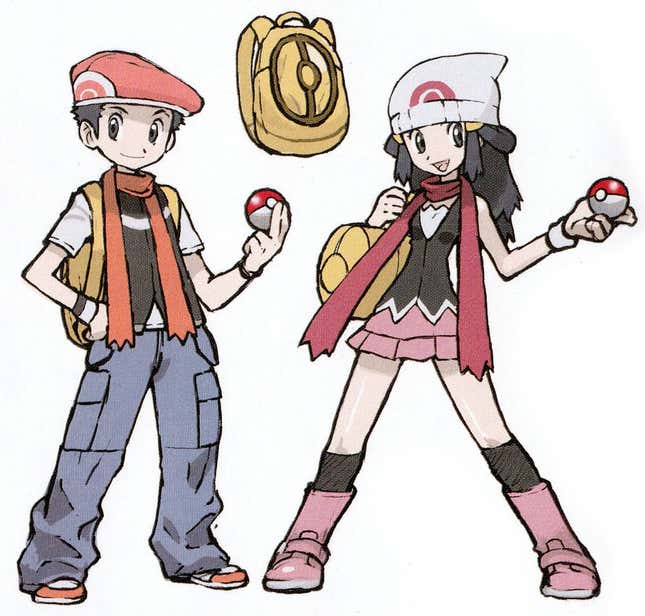
Ingo, one of the wardens for the Pearl clan, who acts as Sneasler’s keeper, appeared in another game, too. He, alongside his brother Emmett, are part of the Battle Subway in Unova in Pokémon Black and White. Now that he’s in the Hisui region, he’s gradually losing his memories of his previous life, and it’s only when the protagonist can corroborate his seemingly incoherent rambling that the citizens of Hisui start to think there might be a future where humans and Pokémon live alongside each other, rather than humans having to carefully fight their way through Hisui’s untamed environments. He also recalls his time spent fighting trainers alongside his brother in Unova, but because Arceus doesn’t send him home, those memories are all he has of this past life.
Now that it’s pretty clear Game Freak has no intention of revisiting Pokémon Legends: Arceus any time soon, we can assess how we feel about its story without the promise of new content. If, as the text suggests, this is a story of Lucas or Dawn being sent back in time to stop the Pokémon devil from annihilating the world we know, its ending (or lack thereof) leaves it on a decidedly haunting note. Ingo and the protagonist are both stuck in an unfamiliar time, losing the friends, family, and Pokémon they left behind in the modern day, For a game that has one of Pokémon’s best stories, it feels like an oversight to drop the thread of returning the player back home in favor of keeping the gameplay loop going. But Game Freak never resolving this hanging plot thread with post-launch content leaves you to wonder if it was an intentional choice.
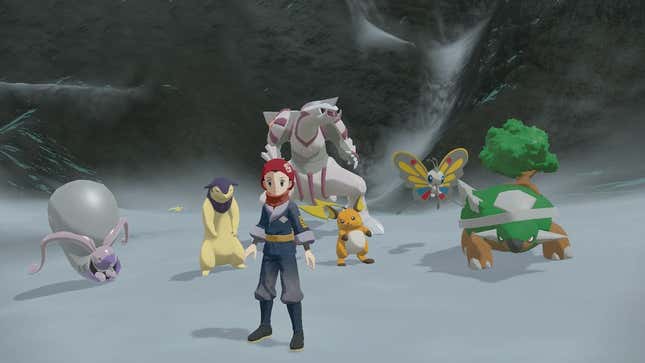
Is Legends: Arceus a better story if it doesn’t resolve everything and leaves us with these pangs of melancholy as we think of Lucas and Dawn trapped in the distant past? Is it in keeping with the game’s decidedly darker tone and Pokémon’s pivot to more mature storytelling in recent years to not give players the satisfying conclusion of seeing these characters back in their childhood bedroom left in the game’s files? Does it show growth that the series is willing to sit with the uncomfortable truths of its world and lore rather than making sure it all settles into its usual status quo making sure Lucas and Dawn are back home in time to do Pokémon battles in front of crowds of adoring fans? Yeah, maybe.
Pokémon Legends: Arceus is the best-realized uses of the series’ world, and perhaps having a bittersweet ending is in line with everything that came before. It does make the game one of the most interesting to think about, but it doesn’t mean it stings any less.

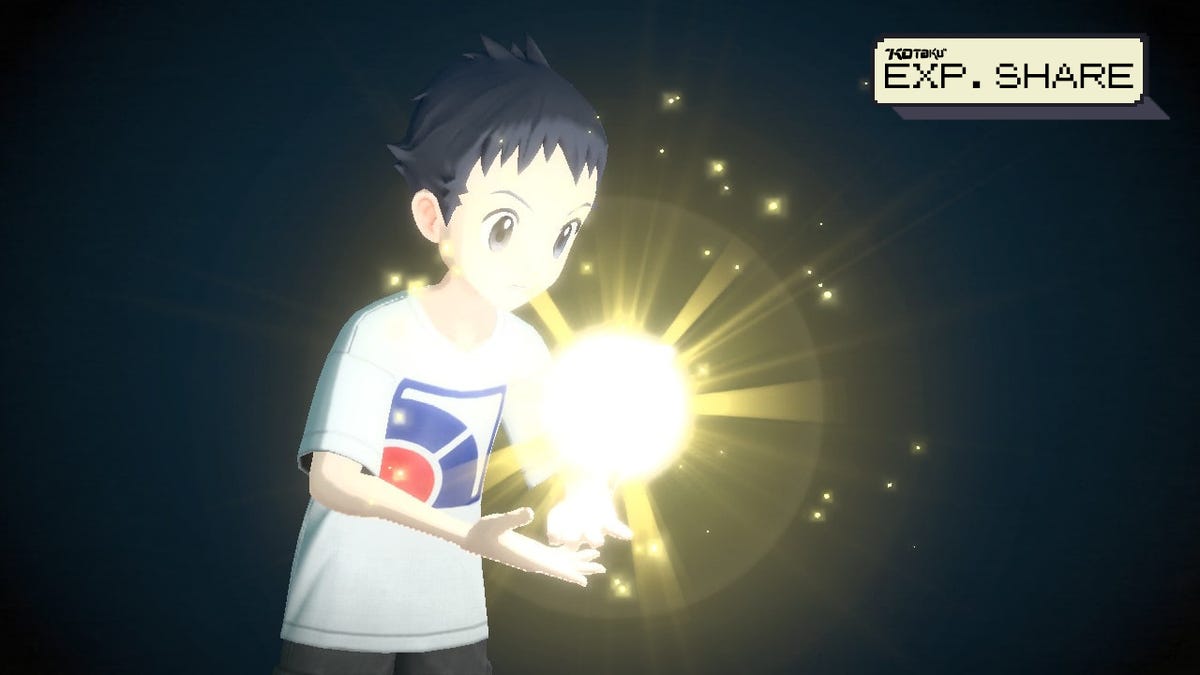
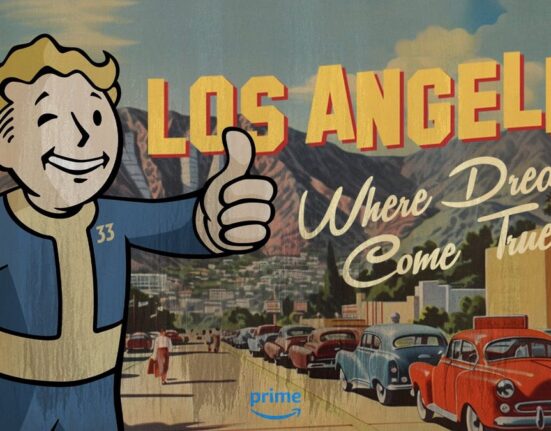
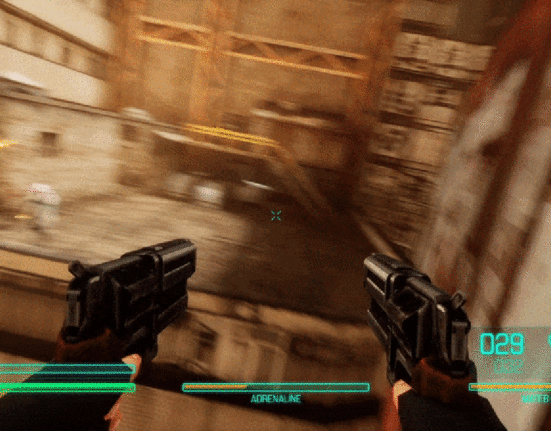
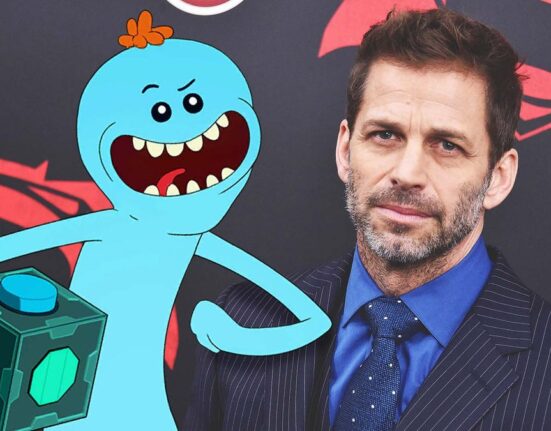
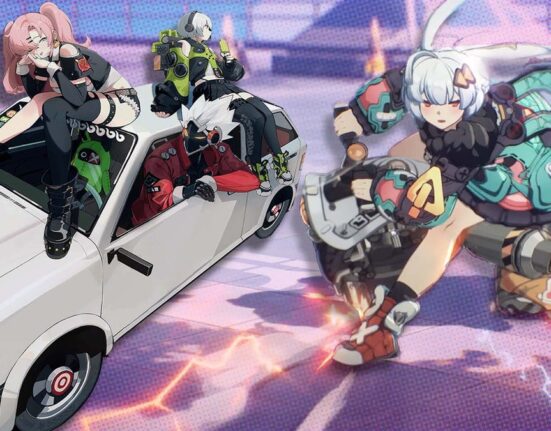
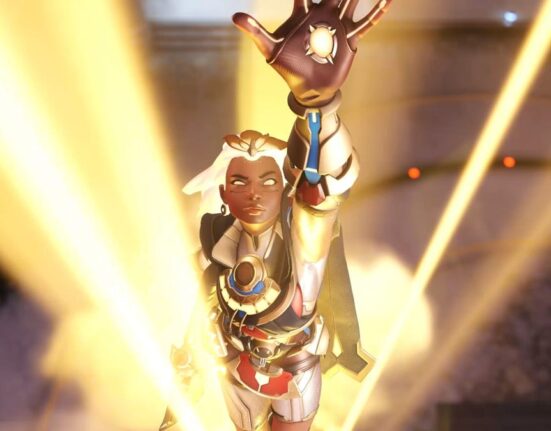
Leave feedback about this